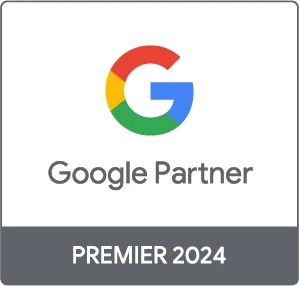6 Tips on how to build your social media audience (Part 1)
As far as a successful marketing strategy on social media is concerned, it can be hard for a small business to see through the noise, the statistics and the tons of misinformation.
A statistic we found online for instance claims that a Facebook fan is worth approximately $174, but should you ask your local business of 300 fans if they ever saw that $52.200 reflected somewhere in their revenue, you would probably get a skeptical look or chuckle.
For the small businesses, looking to approach new people in the social media and make their money and effort bear fruit, figuring out where to start – and more importantly how to handle the huge potential of an online audience – can prove discouraging.
So, for now let’s forget the statistics and wild claims, and focus instead on good, old-fashioned advice. Below, we list some of our best practices on how to build and maintain your audience on social media.
1. “Pay-to-Play”
Beware of the so-called “experts” that spread the distorted notion that social media is free marketing. While most of the platforms themselves are free, the social media world is actually a constantly increasing “pay-to-play” effort. Businesses committed to their cause to enter the world of social media invest a substantial sum of their advertising budget specifically for social media. It is hard to bust in if you do not put money behind your efforts. Last year Facebook admitted that the average brand post is seen only by a 16% of the fans of the page, and that paying to promote your social page boosts the reach of the page and thus its impact.
For the small businesses that cannot afford to dispose money to splurge on social, not all hope is lost. The key is quality over quantity. If you cannot compete on a paid level, then you should focus on building the right social audience – this means getting your most avid customers to become a part of your social media audience and providing value for them once they are there.
It is important for businesses that do not follow the paid channels, to take advantage of as many ways as they can to make their efforts to get social known. Add widgets with social media buttons on your page, put URLs of your Facebook business page and Twitter page on business cards and email signatures so that you can clearly direct customers to your social pages.
2. Choose your platform(s) wisely
Not every business needs a presence on every social platform. Some businesses will prosper in pages rich with visual content, like Pinterest, Instagram or YouTube, while others may have a better success with Twitter’s 140-character format (though it is important to be mentioned that visual content generally performs better than text-only posts, regardless of the platform on which they are posted).
The best piece of advice to businesses that take their first steps to creating an online presence is to first watch and participate vividly in the platforms of their liking, instead of jumping in to sign up in every single platform. It is really important to feel comfortable in the platform you promote yourself in.
3. Create a community of “Insiders”
One of the greatest expectations when you give a “like” on Facebook or when you follow your local café on Twitter is that you will be the first to know about events, promotions or discounts. In addition, social media provide businesses with the unique opportunity to give their audience a behind-the-scene taste – or the human side – of the business.
Along with a social centric attitude and promoting your pages, it is important to listen to your fans and followers that devote their time to find you on line, and take their suggestions and feedback into consideration – even if the comments are negative. Community managers or small businesses should think twice about ignoring or deleting customer feedback without first addressing their concerns. Not only is this a poor customer service, but it can also evolve into a PR nightmare. You have to answer to everybody, from personal inquiries and suggestions to comments on Instagram or Facebook. Every fan and follower is equally important.






